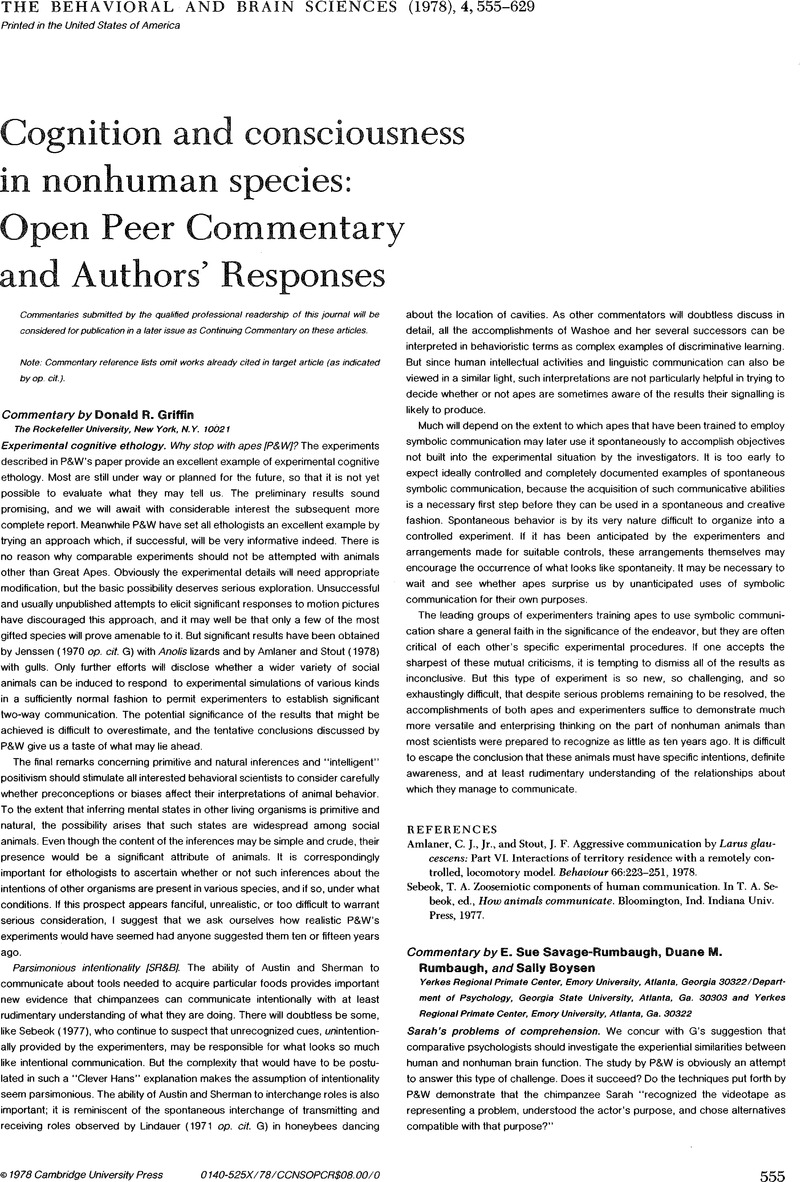Crossref Citations
This article has been cited by the following publications. This list is generated based on data provided by Crossref.
Boden, Margaret A.
1983.
Artificial intelligence and animal psychology.
New Ideas in Psychology,
Vol. 1,
Issue. 1,
p.
11.
Boden, Margaret A.
1988.
Intelligence and Evolutionary Biology.
p.
45.
Sloman, Aaron
2020.
Varieties Of Evolved Forms Of Consciousness, Including Mathematical Consciousness.
Entropy,
Vol. 22,
Issue. 6,
p.
615.



